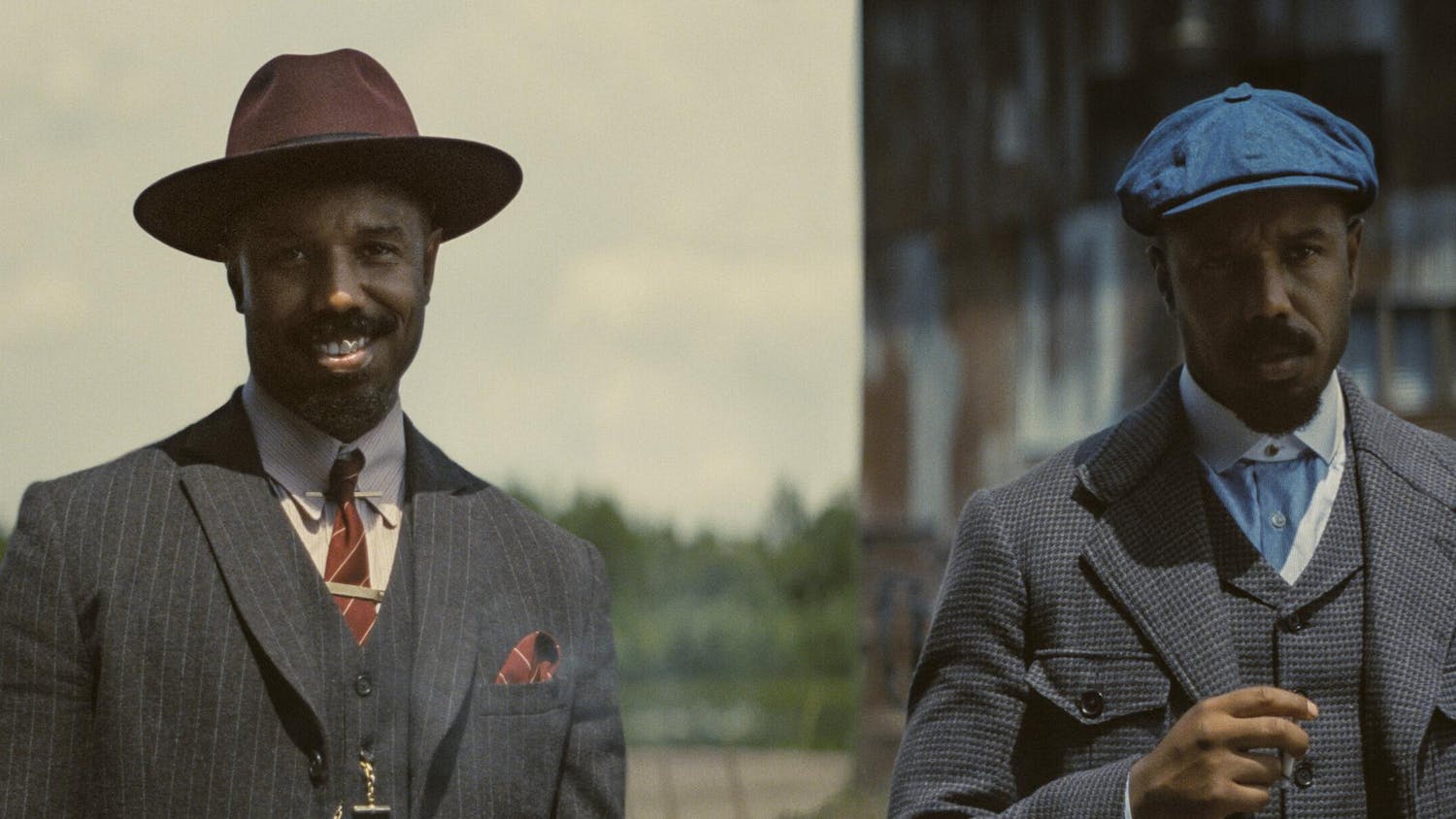X-rays, metal detectors and even the occasional pat down have become standard procedures for many of today’s air travelers, but one IU professor asserts that many security measures are more for the appearance of security, rather than actually increasing passenger safety.
“In many ways, the regulations were counter-intuitive,” said professor Fred Cate of new measures. “If you’re going to spend a lot of money and inconvenience a lot of people, you’d like to think you’re doing it in the most strategic way possible.”
Cate, who specializes in information privacy and security law issues, specifically cited plane-side pat downs and carry-on searches shortly before passengers board their flight.
“It seems calculated to be not very effective,” he said. “You’ve already looked through every bag. What are you going to see that’s new?”
He also said liquids are often seen as the greatest threat. Carry-ons can include only 3.4 oz. bottles or smaller, and they all must fit into a quart-sized plastic bag.
“Once we get through security, we can buy all the liquids you want,” he said.
Also, people can not get out of their seats toward the end of a flight, or have anything in their laps for the last hour, Cate said.
“Are the terrorists really so stupid they’ll wait?” he asked.
Cate said he worries measures like these will cause people to lose confidence in the Transportation Security Administration.
Jim Fotenos, a TSA spokesman, said the TSA issued new security guidelines to all air carriers with U.S.-bound flights.
“The new directive includes long-term, sustainable security measures developed in consultation with law-enforcement officials and our domestic and international partners,” Fotenos wrote in an e-mail.
Because the additional time needed to get through security varies, Fotenos said passengers should check in with the airport and airline before flying to see how their flight will be affected.
“At this time, security-checkpoint requirements for passengers departing U.S. airports remain the same. Passengers do not need to do anything differently, but they may notice additional security measures at the airport,” he said.
All travellers who buy a plane ticket have their name matched with their legal identification for date of birth and gender and are compared to the terror-watch list. But there are holes, Cate said.
“If Osama bin Laden’s going to get on a plane, what’s the likelihood he’s going to carry a driver’s license that says ‘Osama bin Laden?’” he asked.
TSA security measures, all funded by passengers and taxpayers, include X-raying passengers and randomly opening and searching checked baggage, not to mention full-body image scanners.
Cate said that with so many people working at an airport, emphasis should fall on employees as well.
A representative from U.S. Airways declined to comment on how security measures affect ticket prices and departure times.
Prof. questions new TSA measures
Get stories like this in your inbox
Subscribe



